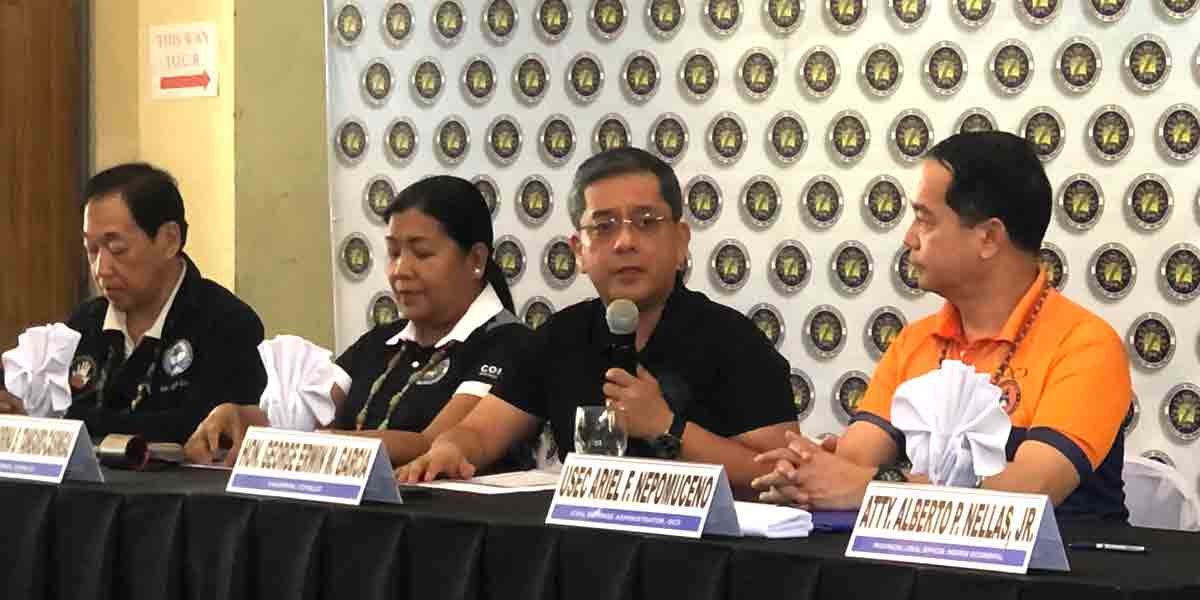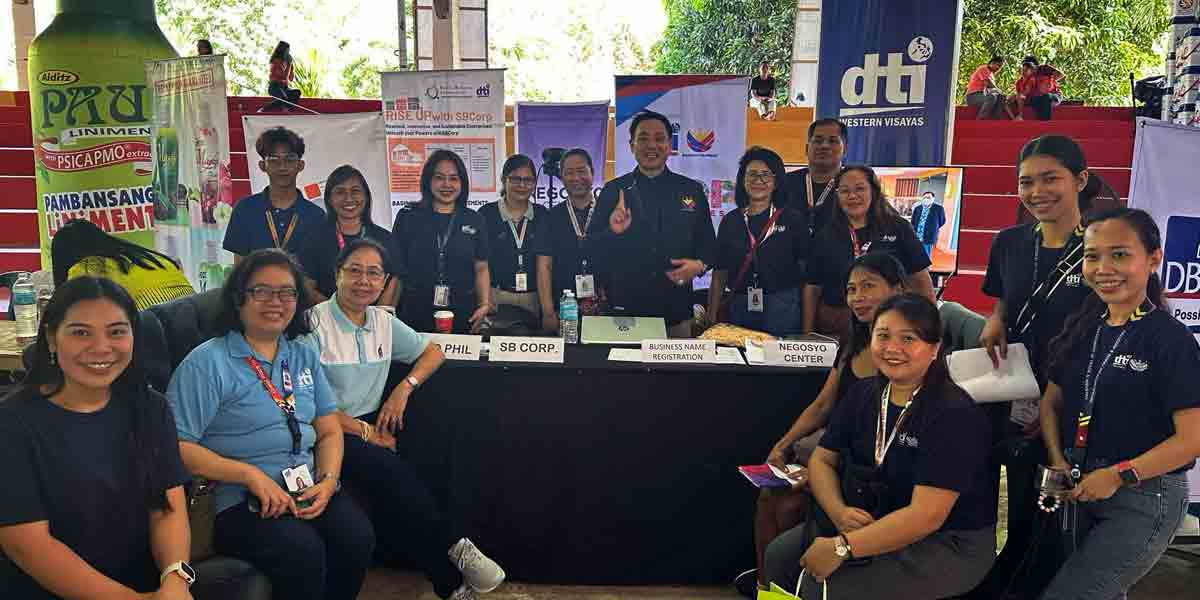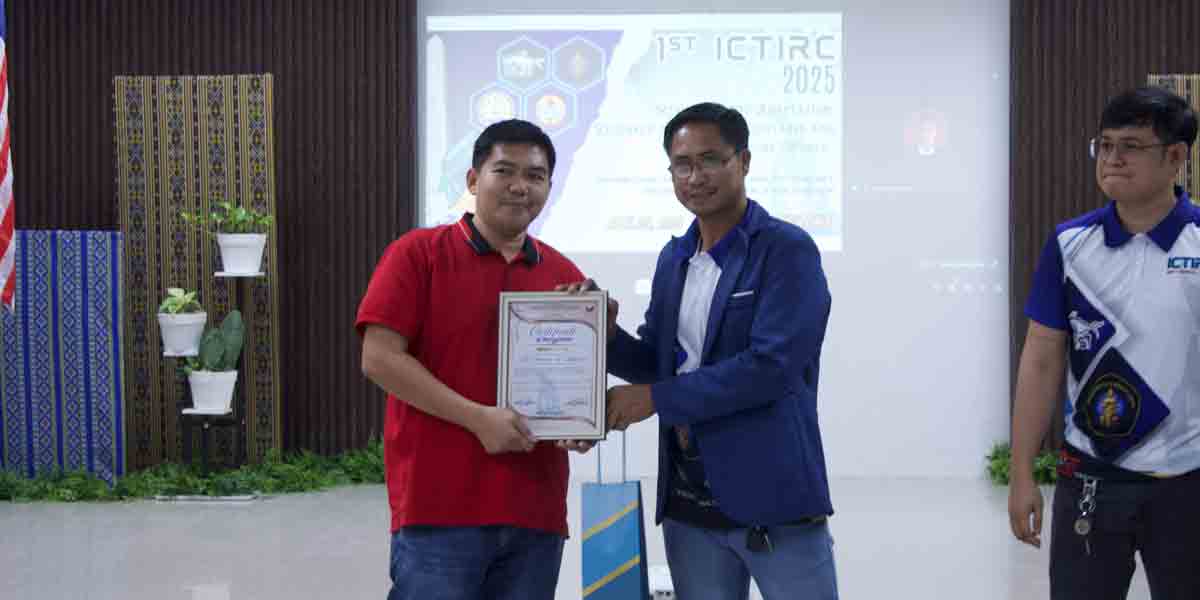By Herman M. Lagon
Integrating artificial intelligence into education is a concept that excites many and makes others wary. So, I have pioneered a study that delves into the use of ChatGPT in learning mathematical investigation (MI), problem-solving (PS), and mathematical modeling (MM). This narrative inquiry explores how the AI-assisted platform impacts students’ ability to embrace mathematics. It examines the experiences of six Bachelor of Education Majoring in Mathematics students, shedding light on the benefits and challenges of using AI in education.
MI involves exploring and understanding mathematical concepts through systematic inquiry, conjecture-making, proving, and verification, fostering critical thinking, while PS focuses on finding solutions to specific mathematical challenges by applying logical reasoning and creativity. On the other hand, MM uses mathematics to represent, analyze, and solve real-world problems through equations, graphs, or simulations, providing insights into complex issues across various fields.
Integrating ChatGPT into these forms of higher and usually abstract mathematics has transformed how students interact with mathematical concepts. This study, conducted during the first semester of the academic year 2023-2024, collected data through semi-structured interviews, group discussions, and classroom observations. The students reported that ChatGPT helped them understand complex ideas and fostered a more dynamic learning environment. The excitement in the classroom was palpable as students engaged with AI to help verify, explore, compare, contrast, solve, and cross-examine challenging problems and solutions.
One of the standout findings was the significant increase in student engagement. As Alpha, one of the participants, noted, “ChatGPT made MI, PS, and MM feel less intimidating. It turned abstract equations into something I could visualize and play with.” This sentiment was echoed by Bravo, who appreciated the interactive nature of ChatGPT, saying, “I used to get bored quickly, but with ChatGPT, I stayed engaged for longer periods.” The tool’s ability to provide instant feedback and various problem-solving methods made learning more appealing and intuitive.
Beyond engagement, ChatGPT also nurtured independent problem-solving skills. Charlie shared, “ChatGPT challenged me to think independently by prompting me to explore multiple solutions.” This ability to test ideas and receive immediate feedback helped students build confidence in their problem-solving skills. Delta added, “I feel more confident now because I can test my solutions quickly and understand where I went wrong.” This shift towards independent learning aligns with educational theories emphasizing active, self-directed learning.
The introduction of ChatGPT also reshaped teacher-student dynamics. Teachers–myself and an invited teacher-observer–found ourselves spending less time on routine queries and more on addressing individual needs. ChatGPT has freed us up to focus on more profound learning experiences with our students. This shift allowed for more personalized instruction and fostered a more collaborative learning environment. Our students also felt we were more available and attentive to their specific needs.
However, the integration of ChatGPT was not without challenges. Students occasionally encountered inaccuracies in the AI’s responses, leading to confusion. Echo mentioned, “There were times when ChatGPT provided incorrect information, which was frustrating.” This highlights the need for continuous monitoring, vigilant teacher facilitation, and updating of AI tools to ensure their reliability. Moreover, aside from the recurring issue of accessibility and connectivity, Foxtrot also expressed concerns about overreliance on ChatGPT, emphasizing the importance of balancing technology use with traditional learning methods.
Looking to the future, the study revealed a shared sentiment among students about the enduring significance of AI in education. Many believed that AI tools like ChatGPT would remain part of their learning toolkit. Alpha articulated this well: “AI will definitely be part of my learning toolkit, even beyond university.” This anticipation aligns with the global movement towards incorporating more technology in education and highlights the necessity for sustainable and effective AI implementation strategies.
The study’s results are consistent with established educational theories like constructivism and the Technological Pedagogical Content Knowledge (TPACK) framework. Constructivism focuses on active learning, where students build their understanding rather than just absorbing information. ChatGPT facilitates this by offering interactive and tailored learning experiences. The TPACK framework emphasizes the importance of blending technology with effective teaching methods, a concept demonstrated by the successful use of ChatGPT in this study.
The introduction of ChatGPT into education carries significant implications for teaching practices. By making abstract concepts more accessible and engaging, AI tools can significantly alter traditional teaching paradigms. This shift could improve student outcomes by catering to diverse learning styles and needs. As my partner observer-educator suggested, “Integrating AI tools like ChatGPT should be considered essential, not optional, in modern education settings.”
To harness the full potential of AI in education, educators need comprehensive training programs. These programs should equip teachers with the skills to integrate AI tools like ChatGPT into their teaching practices effectively. Professional development initiatives should focus on technical proficiency, including gadget accessibility, connectivity, and pedagogical insights, ensuring educators can leverage AI to enhance educational outcomes.
Educators should also foster a culture of critical inquiry among students, enabling them to engage with AI-generated content discerningly. This involves training students to critically assess the reliability of AI outputs and promoting a balanced approach to technology use. By enhancing students’ critical assessment skills, educators can mitigate the risks associated with overreliance on AI tools.
Future research should explore the long-term effects of AI integration on teaching and learning practices. Longitudinal studies tracking students’ learning trajectories over time could provide valuable insights into the efficacy and sustainability of AI-driven educational interventions. Such research is crucial for understanding the enduring impact of AI on academic outcomes and informing future policy and practice.
Introducing ChatGPT as a best friend of mathematics education has brought notable advantages and hurdles. Combining AI tools with traditional teaching methods allows educators to develop more inclusive, engaging, and efficient learning environments. The study’s findings highlight the revolutionary potential of AI in education and emphasize the necessity of adapting teaching practices to utilize technological advancements effectively. As we progress, it is crucial to keep exploring and refining AI integration in education to enhance students’ learning experiences and prospects.
***
Doc H fondly describes himself as a ‘student of and for life’ who, like many others, aspires to a life-giving and why-driven world grounded in social justice and the pursuit of happiness. His views do not necessarily reflect those of the institutions he is employed or connected with.






















